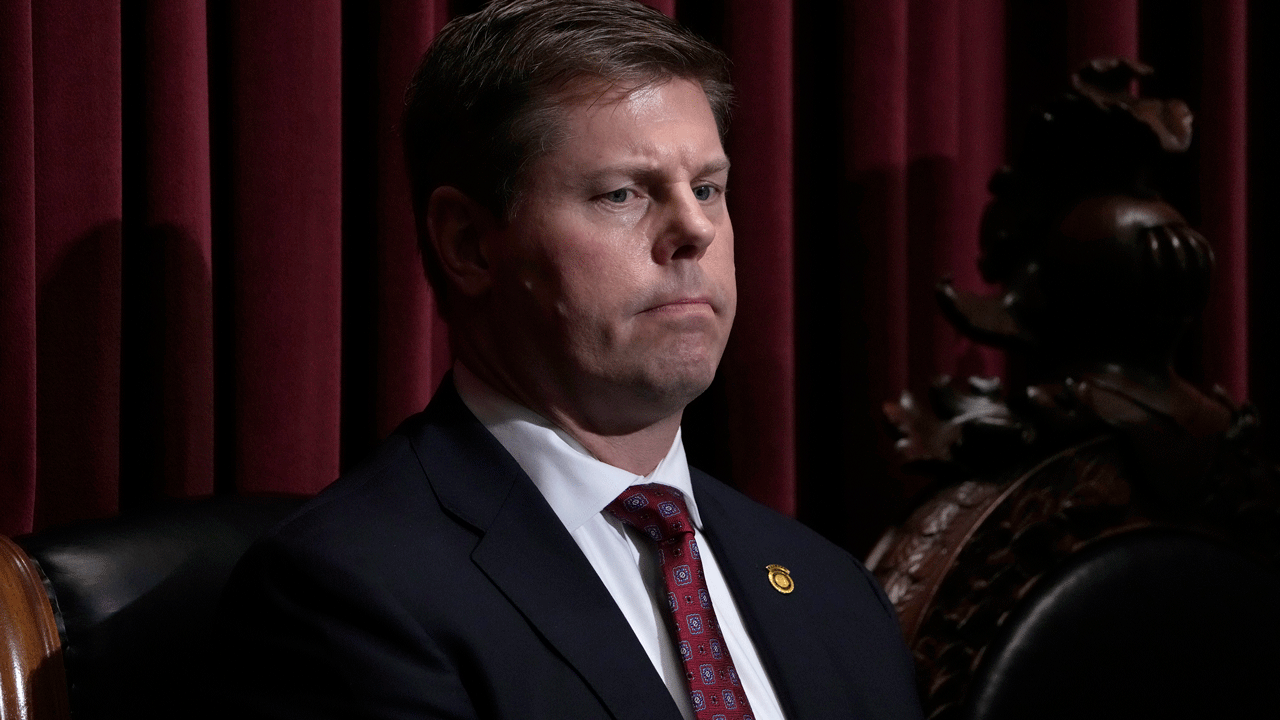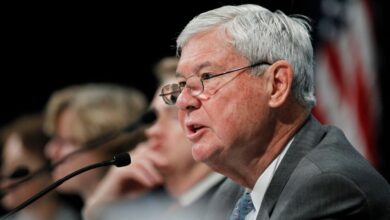When Are Hotels Going To Get More Wheelchair-Friendly?

Eager to shower and get to bed after a late-night arrival in Brussels last summer, my husband and I were disappointed — but not surprised — to find that my wheelchair didn’t fit into the bathroom of our supposedly accessible hotel room.
Too late to find a new hotel to stay in after a short but laborious flight from our home in Dublin, I clumsily lowered myself to the floor, scooted into the shower and sat while my husband angled the showerhead toward me and sprayed me down. Using the toilet was an even bigger issue, but I’ll spare you the details.
Navigating hotels as a person with a disability can be challenging in unexpected ways. After a long day of traveling, nothing feels better than settling into a cozy bed. But for wheelchair users like me, there are often several obstacles that keep us from resting, relaxing and getting anything else done in a hotel room that was clearly not designed with anyone like me in mind. From stories about beds being too high to limited floor space and roll-in nightmares, there are so many things that the global hospitality industry needs to address.
I have to hope that change is underway, because this can’t be as good as it gets. I spoke to several big hotel groups about what they’re doing to ensure better accessibility for their disabled guests — and some of them appeared to already have plans in action.
InterContinental Hotels Group brands include Even and Crowne Plaza, as well as, on a luxury level, Kimpton and the InterContinental. At the InterContinental specifically, there’s a new inclusivity initiative that prioritizes accessibility through a pledge to focus on diversity in clientele.
“By championing accessibility from the outset, we are rethinking how our environments enable every guest to find restoration and rest within our rooms,” Melissa Messmer, the head of global design for InterContinental at IHG Hotels & Resorts, told me.
Messmer noted that, historically, accessibility in the hospitality industry has been an afterthought — and I wholeheartedly agreed, as I’ve experienced all the shortcomings for years.
I learned that it can be easier for some structures to get accessibly face-lifts than others. The Kimpton Fitzroy in London, for example, is old and grand — sort of a historic landmark. Few renovations have been made on the hotel since it opened its doors as The Russell in 1898, but it has recently been afforded exemptions related to accessibility requirements. Acquired by IHG in 2018, the hotel’s entrance was recently fitted with a wheelchair lift using modern engineering and construction methods.
To Bryan Houser, vice president of preconstruction lifecycle at IHG, a strong design aesthetic is always inclusive. He and his team strive toward a balance of thoughtful function and aesthetic strategizing to create comfortable environments for their guests with different disabilities.
And to tap into what this requires, they work with the U.K.-based Motionspot, an inclusive design consultancy creating beautifully designed environments that center people with various disabilities.
“Traditionally, accessible design has been functional — the bare minimum of what a person needs to carry out their daily tasks” said Ed Warner, the CEO of Motionspot. “However, this is not enough for a person to express themselves and reach their full potential. Truly inclusive design is about blending function and form to create spaces which enable and inspire.”

Photo: Simon Callaghan for IHG
Partnerships like these are not just cool — they’re necessary, because design decisions about accessibility really can’t be made by a bunch of people who have never used a mobility aid.
Marriott International, in hopes of making properties more comfortable for those with mobility issues, is engaging with people with disabilities to inform its decision-making in the development of its Room for All initiative. It’s also working with inclusive design consultant Elise Roy, a deaf, human-centered designer who delivered a thought-provoking TEDx talk back in 2015 called “When We Design for Disability, We All Benefit.”
Based in Marriott’s Maryland headquarters, the Room for All project will see the development of new digital features such as voice-activated temperature and lighting control, as well as room layouts that have fewer physical barriers and increase accessibility for guests who use wheelchairs.
Similarly, the company Accor has partnered with Jaccede — a collaborative platform where users review the accessibility of places they’ve visited, aiming to help people with reduced mobility identify establishments that can meet their access needs. The transparency of real guests posting about their stays is really appealing here.
New in-room features are also key to Accor’s quest to make hotels in its roster (like Sofitel, Novotel and Ibis) more accessible to people with mobility aids. Accor’s recently launched “smart rooms” use technological innovation — including adapted, adjustable bathrooms and connected tablets to control the rooms’ equipment — to create a richer overall hospitality experience.
Anne-Sophie Beraud, senior vice president of group diversity inclusion and social care at Accor, stressed to me that the brands are not only focused on improving physical accessibility for their guests, but also on creating a better work environment for hotel staff with disabilities. They offer extensive training to foster healthy attitudes and reactions toward disability, as well as self-assessment programs.
The hotels also go through a certification process with the French organization Tourisme & Handicap — part of an action plan among hotel stakeholders in France ahead of the 2024 Olympic Games and Paralympic Games in Paris — to advance their commitment to accommodating guests with disabilities. Beraud hopes that these efforts will “not only establish a legacy of inclusivity, but also facilitate the global adoption of these best practices.”
After chatting with leaders in these hotel groups, I do feel a little more hopeful about change across the industry. The evolution of attitudes and actions in hotel tourism feels slow but palpable. Many of the hotels that execute new tech and accessibility features might be out of reach for those who aren’t rich. But hopefully, in the no-so-distant future, these features will become a staple of all hotels. Really, it’s beneficial for everyone.
“Ensuring there is accessible hotel provision is not only the right thing to do,” said Warner, “it also makes solid business sense.”
A 2020 market study by Open Doors Organization revealed that in 2018 and 2019, adults with disabilities in the U.S. spent a staggering $58.7 billion on their travel adventures. A similar study by VisitBritain uncovered that individuals with disabilities contribute a noteworthy 14.6 billion pounds each year to England’s travel economy. We are out on adventures too, and we want to spend our money on accommodations that make us feel seen and safe.
Failing to cater to the access needs of people with disabilities closes the door on numerous significant revenue streams. Mobility Mojo, a company that empowers organizations “to create more accessible and inclusive environments,” reported that the accessible tourism market is the fastest-growing but most underserved market in tourism.
The best way, in my opinion, that hotels can address inaccessibility is by working with disabled people, designers like Roy and agencies like Motionspot. We are, after all, experts through our own experiences.
And since vacations are short, and I deserve as comfortable a stay as anyone else, I’m going to continue to ask the uncomfortable questions — and choose spaces that value my money.
Read the full article here








